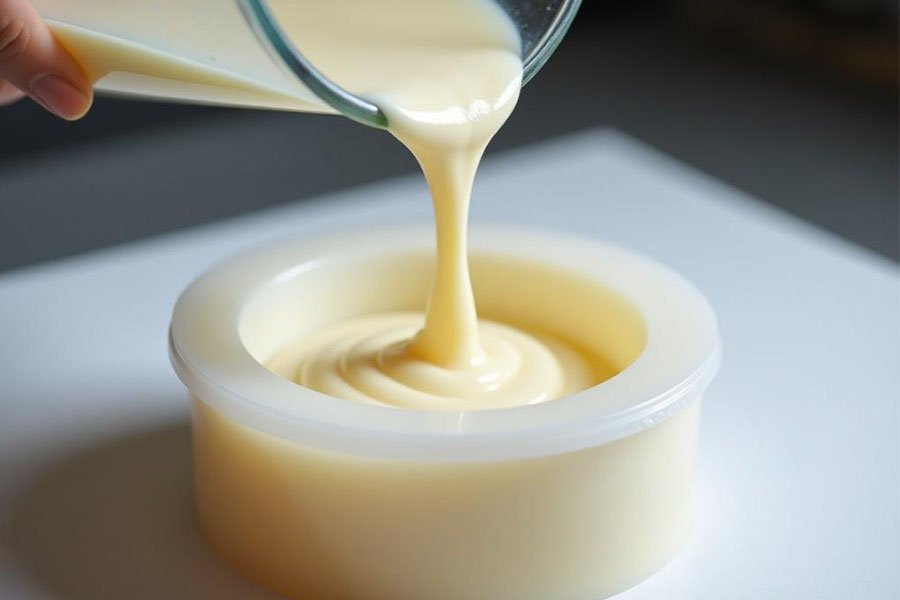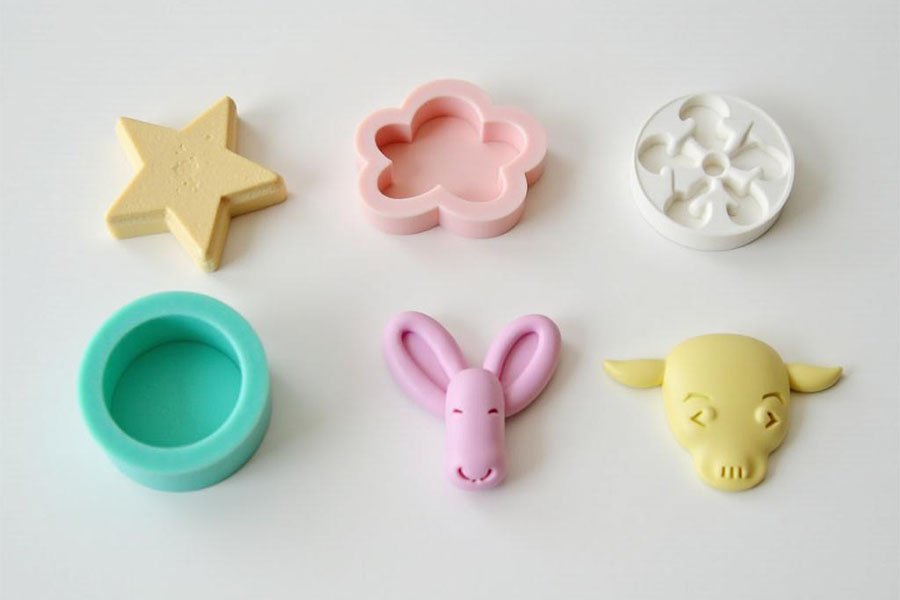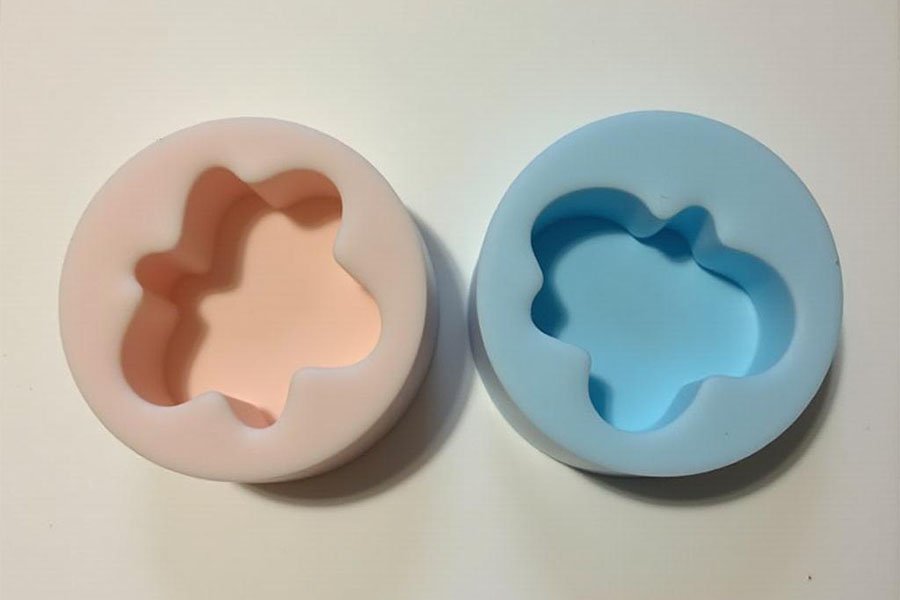Mold making can be frustrating when you don’t have the right materials. Ever had a mold tear apart too soon? Or struggled with bubbles ruining the final shape? If so, you’re not alone. Many businesses and DIYers face the same problem. The good news? Pourable silicone is here to make your mold-making process smoother than ever.
Pourable silicone is a liquid silicone rubber that flows easily into molds, capturing fine details while maintaining flexibility and durability. It’s widely used for making high-quality molds for casting resin, plaster, wax, and even food-grade applications.
Want to know how to use it properly and avoid common mistakes? Keep reading!
What is Pourable Silicone for Mold Making?
Pourable silicone is a two-part liquid silicone rubber that solidifies into a flexible yet strong mold. It’s perfect for capturing fine details, making it a go-to choice for professionals and hobbyists alike.
This silicone is commonly used for:
- Resin casting (epoxy, polyurethane, and polyester resins)
- Candle and soap molds
- Food molds (chocolate, fondant, etc., when using food-grade silicone)
- Prototype and industrial part replication
- Jewelry making

Why Use Pourable Silicone Instead of Other Mold Materials?
There are plenty of mold-making materials out there—plaster, latex, even alginate. But pourable silicone beats them all in terms of durability, precision, and ease of use. Here’s why:
✔ Captures Fine Details – It flows into every nook and cranny, replicating even the tiniest textures.
✔ Long-Lasting – Unlike latex molds that degrade quickly, silicone molds can last for hundreds of castings.
✔ Flexible Yet Strong – Won’t crack or break, making it ideal for complex shapes.
✔ Non-Sticky – Most resins and casting materials won’t stick, reducing the need for release agents.
✔ Heat & Chemical Resistant – Works with hot wax, resins, and even some industrial applications.
Types of Pourable Silicone for Mold Making
Not all pourable silicones are the same. Choosing the right type depends on what you’re casting. Here are the main types:
1. Tin-Cured (Condensation Cure) Silicone
- More affordable but shorter lifespan
- Can shrink slightly over time
- Cures faster but may need a release agent for some materials
2. Platinum-Cured (Addition Cure) Silicone
- More durable and longer-lasting
- No shrinkage, making it great for precise molds
- More resistant to chemicals and heat
- Can be food-grade for chocolate and fondant molds

Step-by-Step Guide: How to Use Pourable Silicone for Mold Making
Step 1: Prepare Your Mold Box
Before you mix the silicone, create a mold box to contain the liquid. It can be made from plastic, wood, or even cardboard lined with tape.
Step 2: Apply a Release Agent (If Needed)
For non-silicone materials, you might not need one. But if you’re casting silicone into silicone, apply a release agent to prevent sticking.
Step 3: Measure and Mix Properly
Silicone comes in two parts (A & B). Mix them exactly as instructed—usually a 1:1 ratio by weight or volume. Stir slowly to avoid air bubbles.
Step 4: Degas (Optional)
If you want bubble-free molds, use a vacuum chamber to remove trapped air. If you don’t have one, pour the silicone from a high, thin stream to help bubbles escape naturally.
Step 5: Pour Slowly and Let It Cure
Gently pour the silicone into your mold box at one corner—this helps air escape and reduces trapped bubbles. Let it cure for the recommended time (usually 4–24 hours).
Step 6: Demold and Use Your Silicone Mold
Once fully cured, gently peel off the mold. It’s now ready for use! If it’s a food-grade mold, wash it thoroughly before using it for food.

Common Mistakes and How to Avoid Them
Even experienced mold makers run into issues. Here’s how to avoid the most common mistakes:
❌ Bubbles in the Mold? – Use a vacuum chamber or pour slowly from a height.
❌ Sticky or Uncured Silicone? – Check your mix ratio and cure time. Humidity can also affect curing.
❌ Mold Tears Too Easily? – Use a higher shore hardness silicone for more durability.
❌ Resin Sticking to Silicone? – Apply a mold release spray before pouring resin.
Where to Buy High-Quality Pourable Silicone?
Looking for high-quality, customizable pourable silicone? At Ruiyang Silicone, we specialize in industrial-grade and food-grade silicone for all mold-making needs.
- Customizable formulas to fit your specific applications
- Fast production and global shipping
- Affordable bulk pricing for businesses
Visit our website here to explore our silicone products!
Conclusion
Pourable silicone is the ultimate material for mold making—whether you’re crafting resin art, food molds, or industrial prototypes. Choosing the right type and using it correctly ensures perfect molds every time.
Got questions about choosing the best silicone? Reach out to us at Ruiyang Silicone—we’re here to help!